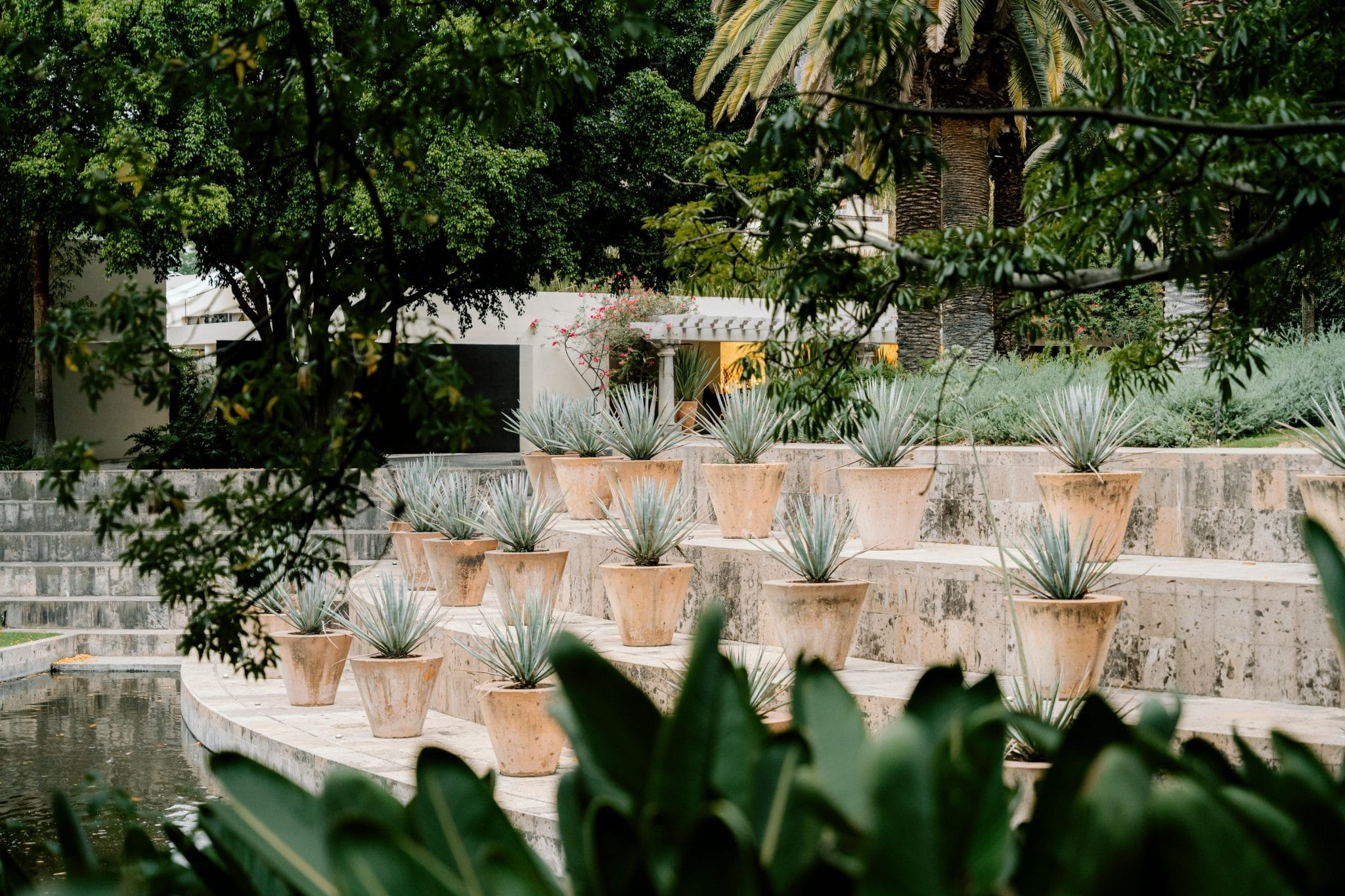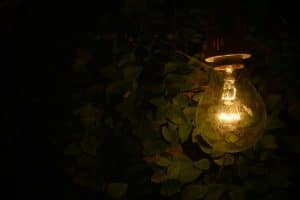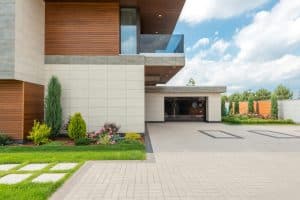Sustainable Landscaping for Modern Yards
In today’s fast-paced world, many homeowners are looking for ways to reduce their carbon footprint and make their homes more environmentally friendly. One area where this can be achieved is in the landscaping of modern yards. Sustainable landscaping practices not only benefit the environment, but they also create a beautiful and functional outdoor space. In this article, we will explore the concept of sustainable landscaping and how it can be implemented in modern yards to create a harmonious balance between nature and design.
Understanding Sustainable Landscaping
Sustainable landscaping, also known as eco-landscaping or green landscaping, is a holistic approach to designing, constructing, and maintaining outdoor spaces that work in harmony with the natural environment. The goal of sustainable landscaping is to create a self-sustaining ecosystem that minimizes the use of natural resources, reduces pollution, and supports biodiversity.
The Benefits of Sustainable Landscaping
The concept of sustainable landscaping goes beyond just creating a visually appealing yard. Here are some of the main benefits of embracing sustainable practices in your landscaping:
A Reduction in Water Usage
One of the leading ways to create a sustainable yard is to reduce water usage. Traditional landscaping often involves the use of excessive amounts of water through regular watering, leading to high water bills and strain on local water resources. By utilizing drought-resistant plants, mulching, and other water-saving techniques, sustainable landscaping can significantly reduce water usage.
Improved Soil Quality
Conventional landscaping practices, such as the use of synthetic fertilizers and pesticides, can harm the soil and its microbial diversity. Sustainable landscaping techniques, such as composting and using organic fertilizers, help restore the soil’s health, creating a thriving environment for plants to grow.
Support for Wildlife
Sustainable landscaping encourages the use of native plants, which helps support the local ecosystem. Native plants are better adapted to the local climate, need less maintenance, and provide food and shelter for local wildlife. By incorporating native plants into your yard, you can attract birds, butterflies, and other beneficial insects, creating a more biodiverse environment.
Implementing Sustainable Landscaping in Modern Yards
Now that we understand the concept and benefits of sustainable landscaping let’s explore how it can be applied to modern yards.
Choose Native Plants
Native plants are critical to sustainable landscaping as they are well adapted to the local climate and require less maintenance. These plants also eliminate the need for chemical fertilizers and pesticides, making them a healthier option for both the environment and your family. When selecting plants for your yard, be sure to research and choose native plants that will thrive in your region.
Incorporate Water-Saving Techniques
Many modern yards feature large expanses of green grass, which requires a significant amount of water to maintain. Consider replacing some or all of your lawn with hardscape, drought-tolerant plants, and native grasses to reduce your water usage. You can also incorporate water-saving techniques, such as collecting rainwater and using it for irrigation, or installing a drip irrigation system to ensure water is used efficiently.
Create a Composting System
Composting is an excellent way to reduce waste and create nutrient-rich soil for your plants. You can create a compost pile in a secluded area of your yard or opt for a compact composting bin. By composting kitchen scraps and yard waste, you are not only reducing the amount of waste going to landfills but also creating natural fertilizer for your yard.
Embrace Low-Maintenance Design
Modern yards often feature sleek and simplistic designs. You can incorporate sustainable landscaping by choosing low-maintenance plants and hardscape materials. Hardscape, such as natural stone, concrete, or gravel, requires minimal maintenance, resulting in significant time and cost savings. Low-maintenance plants, such as succulents and ornamental grasses, can add texture and interest to your yard without the need for constant pruning and watering.
Conclusion
In conclusion, sustainable landscaping for modern yards is the way of the future. By incorporating native plants, water-saving techniques, and other sustainable practices, homeowners can create beautiful and functional outdoor spaces that also benefit the environment. Remember to research and choose plants and techniques that are best suited for your region to ensure a successful and sustainable yard. So, why wait? Start implementing sustainable landscaping practices in your modern yard today and make a positive impact on the environment.










